There are more people interested in casual birding than we realize and you never know who that is. So, last fall I went to Las Vegas with Non Birding Bill, Clay Taylor and WildBird on the Fly to film some digiscoping videos, I think I had my biggest geek out ever--bigger than the time I met Scott Weidensaul. I was a tad inebriated at a bar during an ABA convention and Scott suddenly walked in and all I remember is thinking to myself, "Act sober. Act sober. Act sober."
I must not have been too bad because Scott still welcomes me with a hug when he sees me, rather than darting away in the opposite direction.
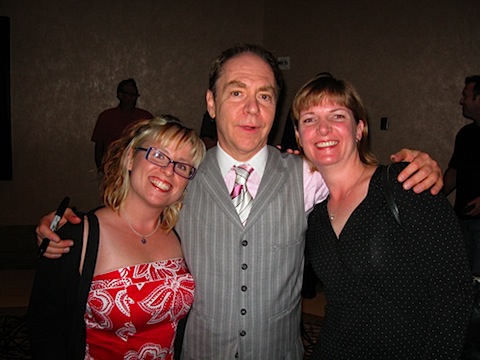
But due to some lucky scheduling and total generosity of Penn Jillette, we got to see the Penn and Teller Las Vegas show , hang out backstage (that's Amy and me with Teller), and watch birds at Penn's house--I got a lifer in his yard, a black-throated sparrow.
It was the most surreal moment of my life back stage. For one thing, it was the first time NBB has met some of my closest birding buddies. For another, how weird was it to be back stage with a bunch of magicians, the editor of WildBird Magazine and Swarvoski Optik--and we ended up talking about bees! Penn and Teller told us about a segment where they made thousands of bees appear on stage, you can watch it here (see if you can tell when they get stung).
I said, "Holy crap! How did you do that," meaning how did they work with bees, but they told me how they did it, how the entomologist they consulted backed out because he got freaked out and how many stings they ended up with and how Penn had a rather unusual injury on a rather sensitive area of his anatomy--I'll let you google that one, it's easy enough to find or better yet, if you meet Penn, he will gladly tell you the story much better than I ever could.
Again, Penn had a lot going on that weekend, he was flown to another state to shoots a scene for a movie, had his own Vegas show and still managed to give us some time to talk hummingbirds (I got to make hummingbird nectar in his kitchen). Since we were dealing with brief time and when working with video things like cicadas and air traffic can get in the way it's not perfect, but it's still someone I think is cool showing an interest in birds.
I've also hesitated posting this because I was geeking hardcore on the inside during this segment and tried very hard to keep my geek in check. I think from now on, I'm going to have to just let my geek flag fly because trying to play it cool makes me look like a dork.
So here it is and thank you to Swarovski for making this possible and to Birdorable for making the perfect shirt to wear in Vegas and especially to Penn Jillette and his people for being so nice, so gracious with their time and allowing us a few moments to chat about birds.
You can do some awesome birding in Las Vegas. We still have one more video to go, but here's a link to some of our adventures. Between this, testing Swarovski awesome new digiscoping adaptor in Kazakhstan, and climbing a volcano in Guatemala to see a giant tree chicken I can safely say that 2009 was hands down the craziest (in a good way) year of my life.




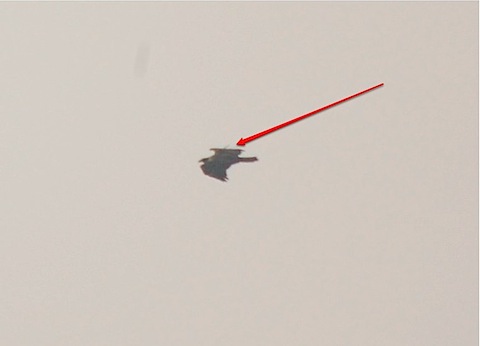
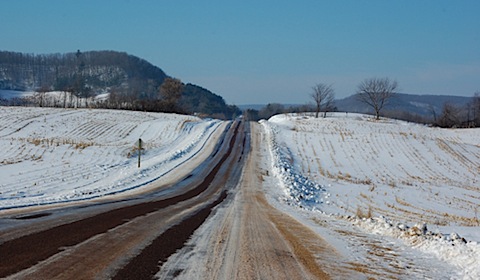
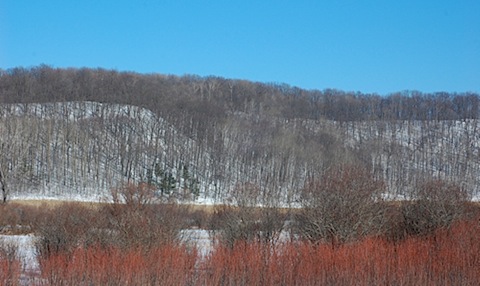
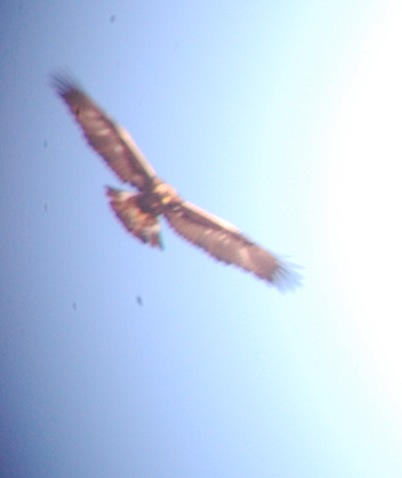

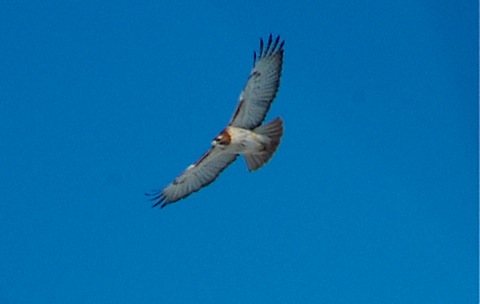

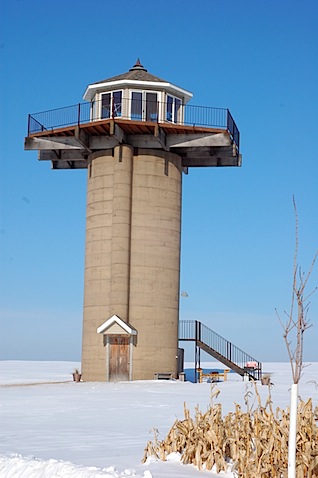




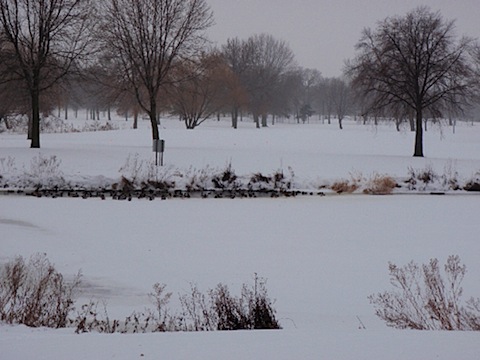



 The terrified man, shown here protected by his faithful hound, was "simply glad to have survived the encounter."
The terrified man, shown here protected by his faithful hound, was "simply glad to have survived the encounter." Here he indicates where the savage attack took place... right outside his own window!
Here he indicates where the savage attack took place... right outside his own window! Your faithful reporter thought he meant here. Turns out that was your faithful reporter's own bootprint.
Your faithful reporter thought he meant here. Turns out that was your faithful reporter's own bootprint. Turns out he meant here. Imagine the event, if you will. In fact, you sorta have to.
Turns out he meant here. Imagine the event, if you will. In fact, you sorta have to. Here the witness looks at the tree into which the bird flew, following the attack.
Here the witness looks at the tree into which the bird flew, following the attack. Pictured: the tree into which the Eagle may have flown. Not pictured: the Eagle.
Pictured: the tree into which the Eagle may have flown. Not pictured: the Eagle. Your faithful reporter scans the skies for sight of the fell beast. What's that? Has the eagle returned, red in tooth and claw?
Your faithful reporter scans the skies for sight of the fell beast. What's that? Has the eagle returned, red in tooth and claw? No. Just some bees. Strangely out and about in sub-zero weather, they quickly proved more than a match for this humble correspondent, who beat cheeks after rescuing one or two from a snowy grave.
No. Just some bees. Strangely out and about in sub-zero weather, they quickly proved more than a match for this humble correspondent, who beat cheeks after rescuing one or two from a snowy grave.